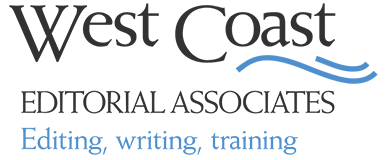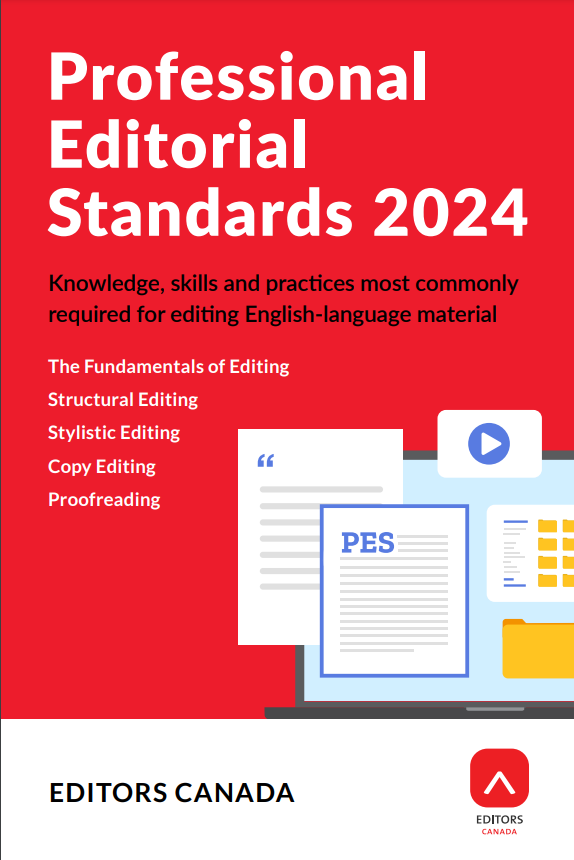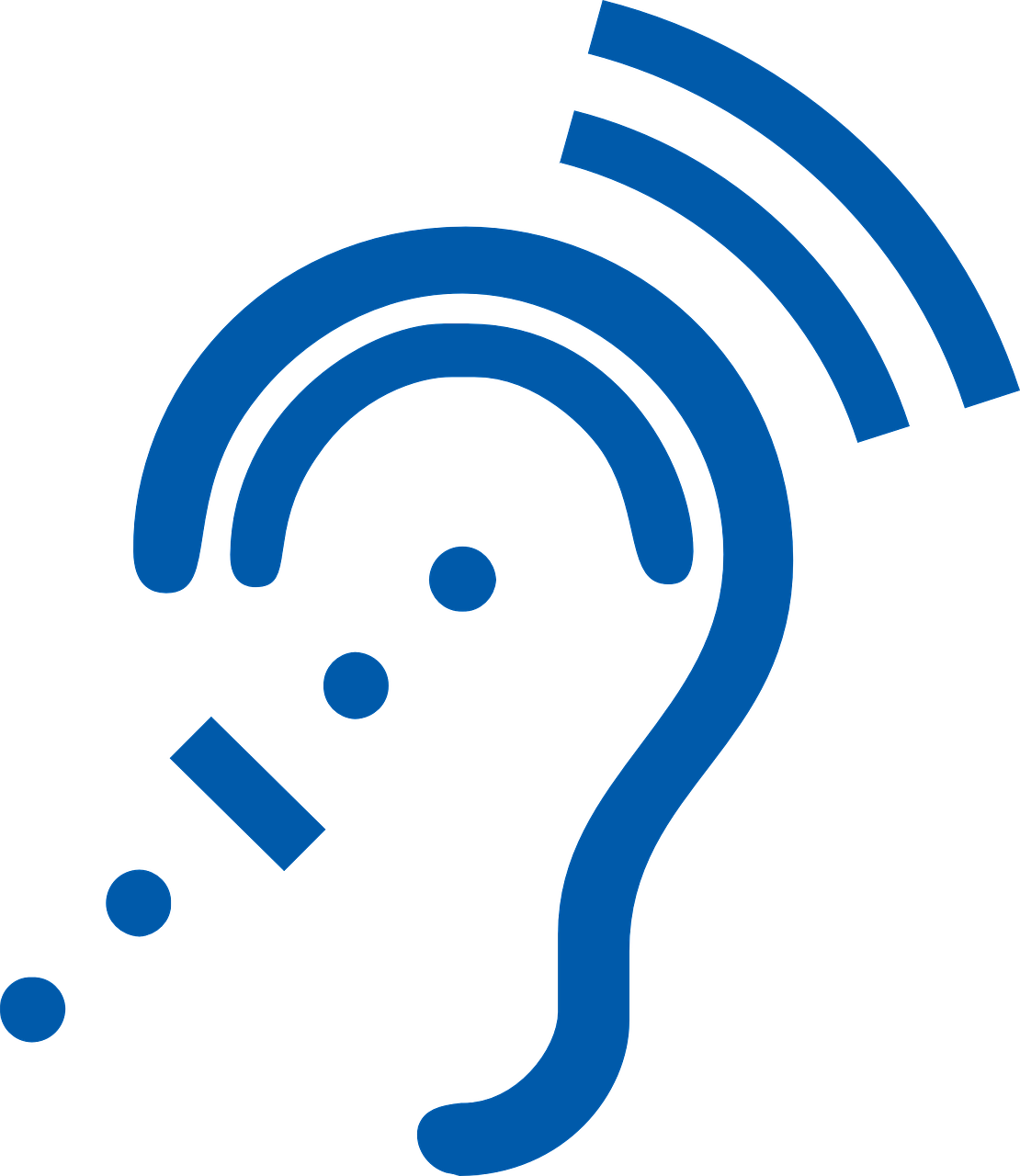Editors Canada's updated Professional Editorial Standards move our profession forward.
On mountains, spreadsheets, and becoming an editor

In the proofreading classes I teach at Simon Fraser University, and in conversations I have with people new to the editing profession, I often hear questions like “How do you get started as an editor?” “How do you get clients?” and “How do you get experience?”
I had these same questions—and many more—when I was changing careers from business consultant to editor twenty years ago. I completed SFU’s Editing Certificate program to gain the skills I needed, but I soon realized that that was the easy part. The hard part was figuring out how to use my new skills to make a living. More than once, I wondered, How do I do this?
Editors Canada’s helpful Career Builder wasn’t yet available, nor were many of the blogs and other online resources that have sprung up to help new editors get started. So, as I often do, I started a spreadsheet to tackle the problem. I called the spreadsheet “ideas,” and in it I entered everything I could think of that would help me achieve my goal to become an editor: professional associations I could join, conferences I could attend, volunteer opportunities I could pursue, websites and books I could read, potential clients I could contact, tools and resources I could buy, mentors I could approach, and so on.
As naïve as some of the specific ideas in my spreadsheet were, the practice of writing them down and keeping track of what I did about them kept me focused on moving forward. It also helped me motivate myself and celebrate my progress—especially when I did things outside my comfort zone. I smile (and wince a little) now at the notes I made beside various ideas, like “Completed!” and “Success!” Always such a keener.
With hindsight, I know now that some of the things I did were fairly inconsequential to my career transition, though they were huge accomplishments at the time. I also know that some actions made a real difference, or they led to the unplanned flukes that did.
The thing is, I couldn’t have said which actions were which at the time. I wasn’t following a map that prescribed how to get to where I was going. I was meandering toward a distant mountain, as Neil Gaiman puts it in Make Good Art, a speech and book that has inspired me more times than I can count.
Describing what worked for him on his journey to become a writer, Gaiman says that he imagined his goal was a mountain: “I knew that as long as I kept walking towards the mountain I would be all right. And when I truly was not sure what to do, I could stop and think about whether it was taking me towards or away from the mountain.”
Gaiman gave this speech in 2012, long after I first needed to hear this advice, but no less valuable when I did. I still picture my career goals as a far-off, yet tantalizingly reachable, destination. I still write down ideas and actions that I think will move me toward that place (using a spreadsheet!). And I still can’t tell which steps will be crucial and which won’t really matter—and that’s okay. Every time I look back to where I’ve come from, I can see I’m making progress. That motivates me to keep at it.
Wherever you are in your own editing journey, there are no single right answers to the how questions you may be asking about getting to your desired destination. But don’t let that immobilize you. Take some steps in its direction, however tentative or confident they may be.
Back to Gaiman: “If you have an idea of what . . . you were put here to do, then just go and do that. That’s much harder than it sounds and, sometimes in the end, so much easier than you might imagine.”
This Post Has 4 Comments
Comments are closed.




Thank you for writing this, Lana. I needed to this message today. My new mantra will be “keep walking towards the beautiful mountain”.
I’m glad the message reached you just when you needed it. All the best to you!
Thank you, Lana. This is timely. I just ordered Neil Gaiman’s book.
Excellent! Enjoy.